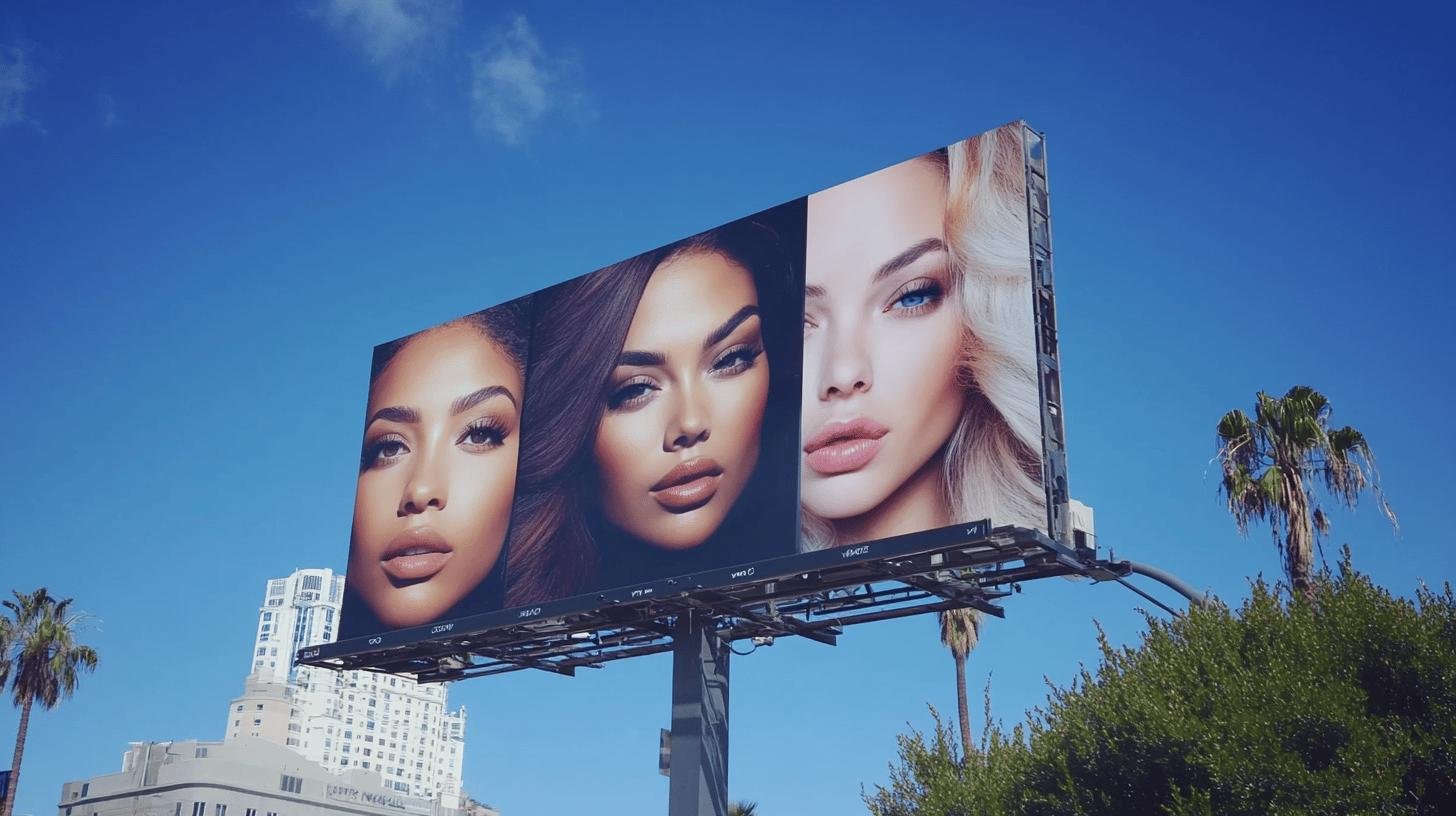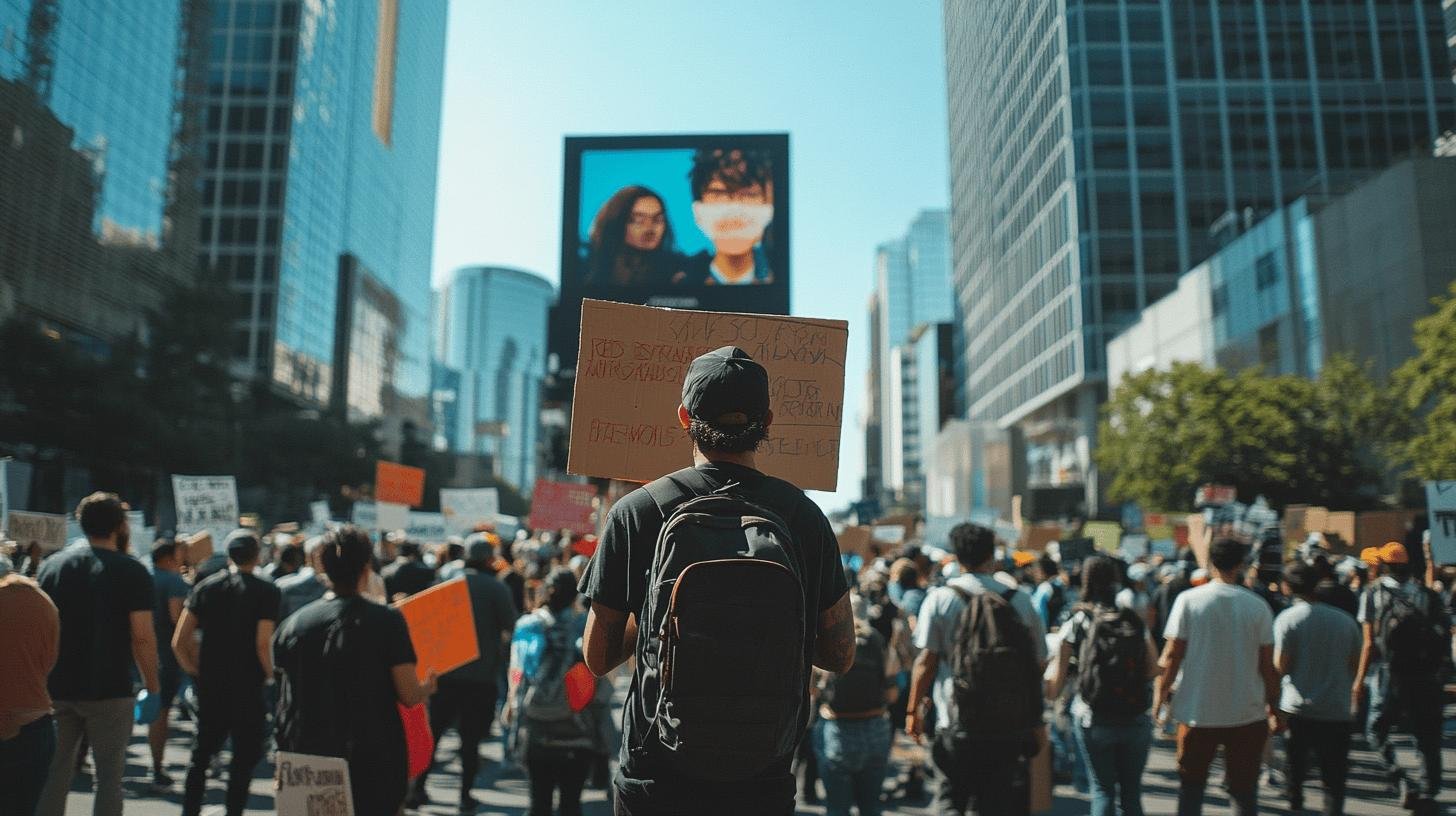TL;DR:
- Nike’s Kaepernick Campaign (2018): Increased brand loyalty, high social media engagement, polarized views.
- Gillette’s “The Best Men Can Be” (2019): Mixed reactions, sparked masculinity discussions, faced virtue signaling accusations.
- Pepsi’s Kendall Jenner Ad (2017): Backlash for trivializing social issues, significant brand reputation damage.
- Key Metrics: Nike saw a 31% increase in online sales post-campaign; social media engagement vital for brand loyalty.
- Positive Engagement: Brands like Ben & Jerry’s boost loyalty through social justice stances; backlash occurs if perceived as inauthentic.
- Controversies: Failed campaigns can lead to decreased consumer trust and long-term reputational harm.
Can woke campaigns really change the advertising game, or are they just trendy buzzwords? From Nike’s Colin Kaepernick ad to Gillette’s “The Best Men Can Be” campaign, these high-profile efforts have ignited social media and sparked debates. Some see them as bold statements, while others call them divisive stunts.
This article explores 10 viral woke campaigns that not only started conversations but also reshaped how brands connect with audiences. Ready to see which brands are pushing boundaries? Let’s dive in.
Notable Viral Woke Campaigns: A Comprehensive Overview
Nike’s Colin Kaepernick campaign became a cultural phenomenon in 2018. The campaign featured the ex-NFL player known for kneeling during the national anthem to protest racial injustice. The slogan, “Believe in something. Even if it means sacrificing everything,” sparked widespread debate. Social media engagement soared, with the hashtag #JustDoIt trending globally. Opinions were divided, but Nike’s brand strengthened among younger, socially conscious consumers.
Gillette’s “The Best Men Can Be” campaign in 2019 aimed to challenge toxic masculinity. The ad showed men confronting bullying, harassment, and sexism. While praised for promoting positive behavior, it also faced backlash. Critics accused Gillette of virtue signaling and alienating its core customer base. Social media responses were mixed; some applauded the message, while others called for boycotts. Despite the controversy, the campaign sparked important conversations about masculinity.
Pepsi’s Kendall Jenner ad in 2017 is a case of woke advertising gone wrong. The ad showed Jenner diffusing a protest by handing a police officer a Pepsi can, which many saw as trivializing serious social justice issues. Immediate backlash followed, with critics accusing Pepsi of being tone-deaf and exploiting social movements for profit. The ad was pulled, and Pepsi issued an apology, but the brand’s reputation took a significant hit.
Public reactions to these campaigns can be summarized as follows:
- Nike’s Kaepernick Campaign: Increased brand loyalty among younger consumers, high social media engagement, polarized opinions.
- Gillette’s “The Best Men Can Be”: Mixed reactions, sparked conversations on masculinity, accusations of virtue signaling.
- Pepsi’s Kendall Jenner Ad: Widespread backlash, seen as trivializing social issues, significant damage to brand reputation.
The Effectiveness of Woke Advertising Strategies

Brands measure woke advertising success through social media engagement, brand loyalty, and sales impact. Social media metrics like shares, comments, and hashtag usage offer immediate feedback. For instance, Nike’s Colin Kaepernick campaign saw a 31% increase in online sales shortly after its launch. High engagement often correlates with increased visibility and brand awareness, though it can also polarize audiences.
Sales impact is another crucial metric. Campaigns like Gillette’s had mixed results. While facing backlash, Gillette also reported increased brand engagement. Brand loyalty, tracked through customer retention and repeat purchases, can be harder to gauge. However, younger consumers tend to support brands aligning with their values, indicating that woke campaigns can foster long-term loyalty.
| Metric | Example |
|---|---|
| Social Media Engagement | #JustDoIt trending globally during Nike’s campaign |
| Sales Impact | 31% increase in online sales for Nike post-campaign |
| Brand Loyalty | Increased support from younger consumers |
Consumer Reactions to Woke Ads
Positive reactions to woke ads highlight increased brand loyalty and engagement, especially among younger consumers. For instance, Ben & Jerry’s social justice stance has gained significant support. Their commitment to issues like racial justice and climate change resonates with audiences who prioritize corporate responsibility. Surveys show that Gen Z and Millennials are more likely to support brands that align with their values, leading to higher engagement and repeat purchases.
On the flip side, woke ads can spark significant backlash. The Bud Light incident serves as a prime example. When the brand ran an ad featuring a transgender influencer, it faced immediate and widespread criticism. Many consumers felt the brand had overstepped, leading to calls for boycotts. Social media platforms were flooded with negative comments, impacting Bud Light’s sales. This incident shows that while woke ads can attract certain demographics, they can alienate others.
Balancing these reactions is crucial for brands. Positive responses can lead to increased loyalty and engagement, while negative backlash can harm a brand’s reputation and sales. Surveys indicate divided consumer sentiment, with audiences either supporting or opposing woke ads. Brands must carefully consider their target audience and the potential risks and rewards of engaging in social justice issues through advertising.
Key points summarizing consumer sentiment:
- Younger consumers show increased loyalty to brands with social justice stances.
- Woke ads can lead to higher engagement and repeat purchases among supportive demographics.
- Significant backlash can occur, leading to calls for boycotts and negative social media comments.
- Divided consumer sentiment requires brands to weigh risks and rewards carefully.
- Sales impact can be positive or negative depending on the audience’s reaction.
Case Studies of Woke Ad Campaigns

Dove’s “Real Beauty” campaign challenged traditional beauty standards by featuring women of various body types, ages, and ethnicities. The objective was to promote self-esteem and body positivity. The campaign used powerful imagery and heartfelt stories, resonating deeply with audiences. Dove’s ads showcased real, unretouched women, breaking away from the industry’s norm of using highly edited images. As a result, the campaign received widespread acclaim, boosted Dove’s brand image, and increased sales. It won numerous awards, including the Cannes Lions Grand Prix, setting a benchmark for authenticity in advertising.
Airbnb’s “We Accept” campaign during the 2017 Super Bowl focused on inclusion and acceptance. The objective was to address the global refugee crisis and promote the idea that everyone belongs. The campaign featured diverse individuals’ faces and a message of unity. Execution included a high-profile TV spot and a commitment to provide short-term housing for 100,000 displaced people. The campaign was well-received, earning praise for its social message and authenticity. It garnered significant media attention and won awards, including the Clio Award for social good marketing.
Public Perception of Woke Companies
Brands engaging in woke advertising often see mixed public perceptions. On the positive side, companies like Ben & Jerry’s and Patagonia have gained significant consumer trust by aligning their marketing with social justice causes. Ben & Jerry’s commitment to racial justice and climate change resonates deeply with younger audiences, leading to increased brand loyalty and higher engagement.
Similarly, Patagonia’s environmental activism has solidified its reputation as a socially responsible brand, attracting customers who prioritize sustainability. Surveys indicate that Gen Z and Millennials are more likely to support brands that take a stand on social issues, translating to higher sales and customer retention.
Conversely, some brands face backlash when their woke advertising is perceived as inauthentic or opportunistic. Pepsi’s Kendall Jenner ad is a prime example, where the attempt to co-opt social justice movements for commercial gain led to severe public criticism and damaged the brand’s reputation. Many consumers felt the ad trivialized serious issues, resulting in calls for boycotts and a decline in trust.
Likewise, Gillette’s “The Best Men Can Be” campaign, aimed at addressing toxic masculinity, faced accusations of virtue signaling and alienated a portion of its customer base. These instances highlight the risks brands take when engaging in woke advertising, especially if their motives are questioned by the public.
Findings from surveys or public opinion polls:
- Younger consumers support brands that align with their social values.
- Increased brand loyalty and engagement are common among companies with credible social justice stances.
- Perceived inauthenticity can lead to backlash and loss of consumer trust.
- Brands must navigate the fine line between genuine activism and opportunistic marketing.
Controversies Surrounding Viral Woke Campaigns

Pepsi’s Kendall Jenner ad in 2017 is an infamous example of a woke campaign gone wrong. The ad featured Jenner joining a protest and diffusing tension by handing a police officer a Pepsi. Critics quickly accused Pepsi of trivializing serious social justice issues, particularly the Black Lives Matter movement. The backlash was immediate and fierce, with social media users and activists condemning the ad as tone-deaf and exploitative. Pepsi pulled the ad and issued a public apology, but the damage to its reputation was already done.
The general trend in woke ad controversies often revolves around accusations of virtue signaling and inauthenticity. Gillette’s “The Best Men Can Be” campaign aimed to tackle toxic masculinity but faced significant backlash for similar reasons. Many consumers felt that Gillette was opportunistically jumping on the social justice bandwagon without genuinely committing to the cause. This perceived insincerity led to mixed reactions, with some praising the message and others calling for boycotts. The controversy highlighted the fine line brands must walk when engaging in social issues.
These controversies can have lasting impacts on brands. While Nike, with its Colin Kaepernick campaign, managed to strengthen its position and gain loyal customers, others suffer long-term reputational damage. For instance, Pepsi’s failed ad not only hurt its public image but also led to a decrease in consumer trust. Similarly, Gillette’s campaign alienated a portion of its customer base, impacting sales and brand loyalty. These examples show the high stakes involved in woke advertising and the potential for significant fallout when campaigns miss the mark.
Impact of woke ad controversies on brands:
- Decrease in consumer trust.
- Potential sales decline.
- Long-term reputational damage.
- Alienation of core customer base.
Final Words
In this article, we explored viral woke campaigns like Nike’s Colin Kaepernick, Gillette’s “The Best Men Can Be,” and Pepsi’s Kendall Jenner ad. These campaigns stirred diverse public reactions and had mixed results. Some saw increased engagement and brand loyalty, while others faced backlash.
Woke campaigns can be a powerful tool for brands, but they also come with risks. Brands must carefully consider their target audience and potential consequences before diving into social issues.
FAQ
Who made woke popular?
The term “woke” became popularized through social media and movements like Black Lives Matter. It originally meant being aware of social injustices but has since been adopted by brands and advertisers.
What are woke ads?
Woke ads are advertisements that highlight social and political issues. They often aim to align the brand with progressive causes like racial equality, gender inclusivity, or environmental sustainability.
What is woke branding?
Woke branding is when companies market themselves as socially conscious and aligned with progressive values. This often involves addressing social or political issues in their advertising or brand messaging.
What is woke washing in advertising?
Woke washing is when brands use social issues in their advertising more for profit than genuine commitment. It’s been criticized for being insincere and exploitative, often leading to consumer backlash.
How effective are woke advertising strategies?
Woke advertising strategies are measured through metrics like social media engagement, brand loyalty, and sales impact. Increased mentions on social media and changes in sales can indicate the effectiveness of such campaigns.
How do woke campaigns affect public perception of companies?
Woke campaigns can either improve or damage a company’s public perception. Brands may gain consumer trust by taking a social stance but might also face criticism for perceived insincerity.

